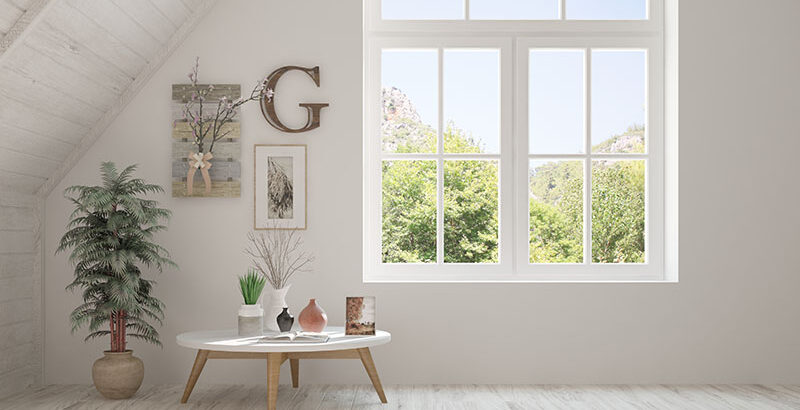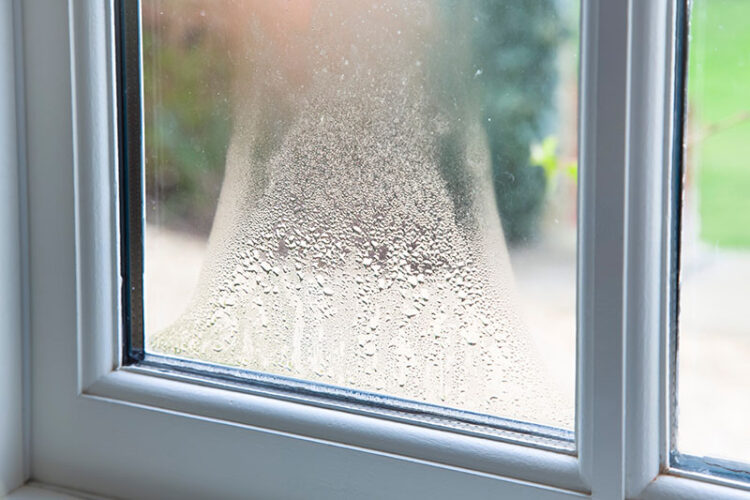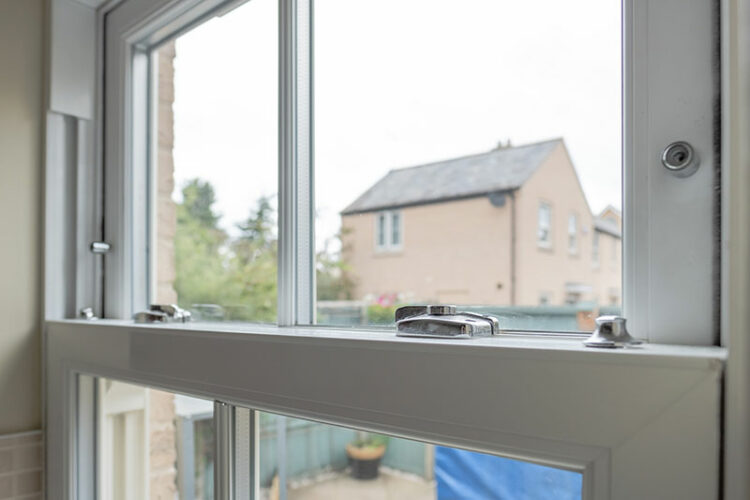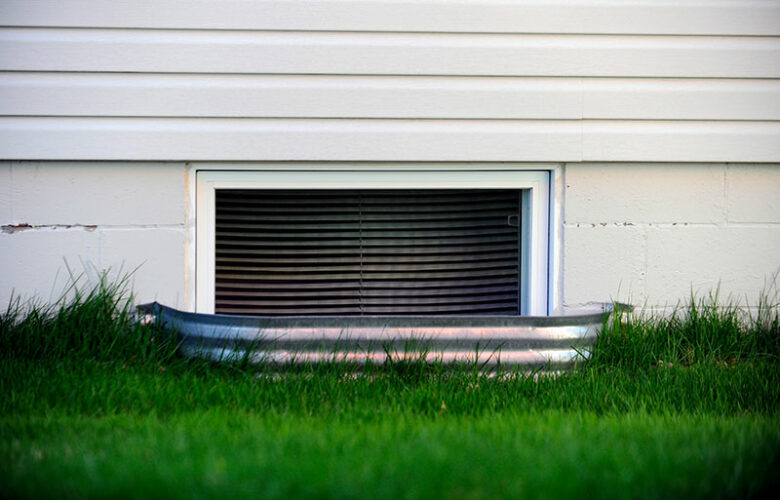What is a Single-Pane Window?

Legendary architect, Le Corbusier, once said, “The history of architecture is also the history of windows.” These humble, transparent details have been adding panache to buildings since 100 AD when the ancient Romans first produced glass in Egypt. Windows have come a long way since then. Today’s products can insulate, reduce heat, and even resist graffiti. Triple pane windows can trap krypton and other gasses between panes to increase their thermal resistance. The days when windows were an entry point for chilly drafts are over, but single-pane windows are still a core part of the market.
What is a Single Pane Window?
As their name suggests, single-pane windows have only one layer of glass. They have no inherent insulation, so they can let noise and heat indoors. That doesn’t mean they lack value, though. Some window types demand a single layer. Casement windows, for example, are at their best with one pane, and there’s no better option when you’re on a budget. You can achieve the effects of a double-pane window by applying tints, coatings, and treatments. Balance your costs well, and you’ll achieve the highest possible R-value without breaking the bank.
Get a Free Estimate Today
50% off installation. Special financing available. See details.
How to Insulate Single Pane Windows
Single pane windows needn’t give you inferior thermal resistance. Weatherstripping can keep Mother Nature outside via a durable metal or plastic strip. When applied to window sashes, foam, vinyl, or felt tape can seal gaps and keep your interior warmer. Spray foam’s capacity to expand makes it another excellent insulator that’s usually applied to insulation batts. Old fashioned caulk still has a place in the market, though. It’ll keep your home warm in winter and cool in summer, particularly if you use a silicone or acrylic formula. Thermal window dressings like drapes and shades can add to the effect, but films are far more effective. They can trap and absorb heat so that it can’t find a route into your property. Cracks and loose joints tend to let drafts inside, so your old single pane storm windows probably need to be resealed if you’re to keep your utility bills down during the winter.
Single Pane Glass Window Tints and Coatings
Single pane wood windows needn’t bring you a dismal R-value. A thick, coated pane can achieve an impressive improvement in insulation power. Insulating, energy-saving films can reflect heat, filter out UV rays, and even reflect warm air into your interior. Coatings can bring a 40% reduction in radiant heat, so once you’ve added drapes or blinds, your HVAC unit can function at its peak without driving up your utility bills. A single coating can function at the level of a double pane window, taking climate control to a new level of efficacy. Low-emissivity films are almost invisible, but you can also choose a tint to reduce glare.
Single pane windows don’t have to be relegated to the bottom of the market. Technologically advanced treatments and coatings can give you the insulating powers of double pane glass at a fraction of the price. If Le Corbusier was still alive, he’d be thrilled at today’s innovations.
Need help with a window project? Click here for a free window estimate.
















